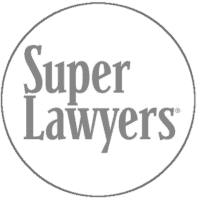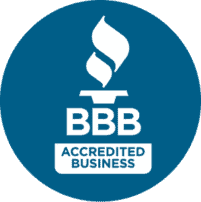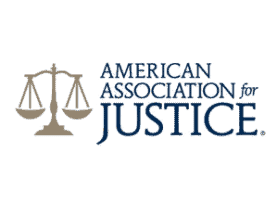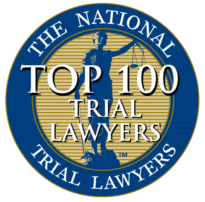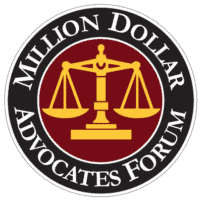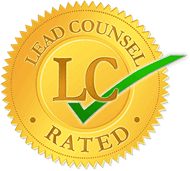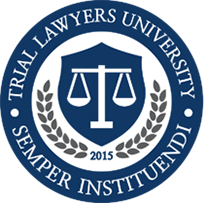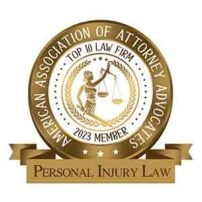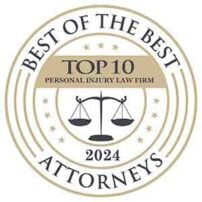Accidents involving staircases are more common than people think. In New York City, where buildings are often old and heavily trafficked, stairways can pose serious hazards if they’re not properly maintained. If you’ve been injured in a fall caused by a broken or poorly maintained staircase, you may wonder if you can take legal action. The short answer is yes, but there are several important factors to consider. Read this blog and speak with a skilled Bronx slip and fall lawyer from The Law Office of Richard M. Kenny to learn about the conditions under which you can sue for a defective staircase, the types of damages you might recover, and what you need to do to build a strong case.
What makes a staircase “defective” in legal terms?
A staircase is considered defective when it is unsafe due to poor design, construction flaws, or lack of maintenance. These defects can manifest in various ways, including broken or cracked steps, loose handrails, improper lighting, or slippery surfaces. To file a lawsuit for a defective staircase, it’s crucial to prove that the staircase had a dangerous condition that directly led to your injury.
For example, if you fell because a step was broken or uneven, or because there was no handrail, you might have a valid claim. However, simply falling on a staircase is not enough to prove a defect. You will need to show that the property owner was aware of the dangerous condition (or should have been) and failed to take steps to fix it. This is known as “negligence.”
In legal terms, negligence means that the property owner had a responsibility to maintain a safe environment and failed to meet that responsibility. In New York, this applies to both public and private property owners, from landlords to businesses. Whether the staircase is in a commercial building, apartment complex, or even a private residence, the property owner can be held liable if their negligence caused your injury.
What damages can I recover if I sue for a defective staircase injury?
If you’ve been injured due to a defective staircase, you may be entitled to recover damages to compensate for the various impacts the accident has had on your life. Damages typically fall into two categories: economic and non-economic.
Economic damages refer to the financial costs directly tied to your injury. These might include medical bills, physical therapy costs, and lost wages if you’re unable to work due to the injury. New York law allows you to recover these costs fully, provided you can prove the expenses are tied to the accident.
Non-economic damages are less tangible and compensate you for the pain and suffering the injury has caused. This can include emotional distress, the loss of enjoyment of life, and physical pain. New York doesn’t place a cap on these types of damages, which means you can seek significant compensation depending on the severity of your injury.
Additionally, in some cases, punitive damages may be awarded if the property owner’s conduct was particularly reckless. However, these are rare and are usually awarded only in extreme cases where the owner knowingly ignored a hazardous condition.
CONTACT OUR EXPERIENCED NEW YORK CITY FIRM
Our entire legal team is dedicated to providing the advice you need and the personalized attention you deserve. If you have been injured due to another party’s negligence, call (212) 421-0300 or fill out our contact form to schedule a free consultation with a New York City personal injury lawyer. You may be entitled to financial compensation, which can help you on your road to recovery.


